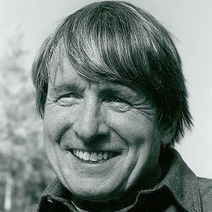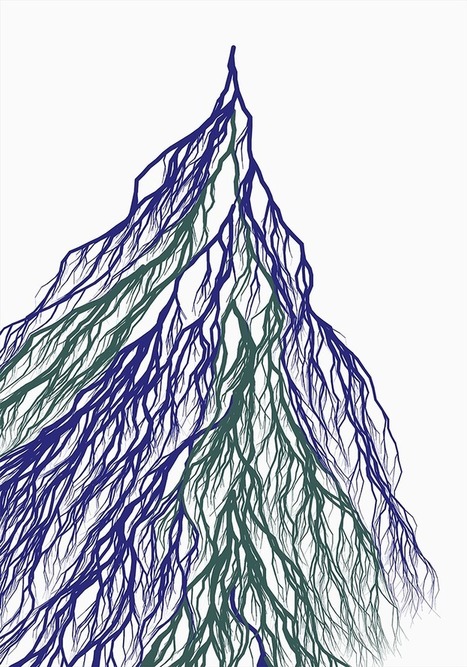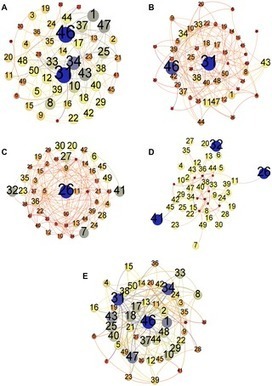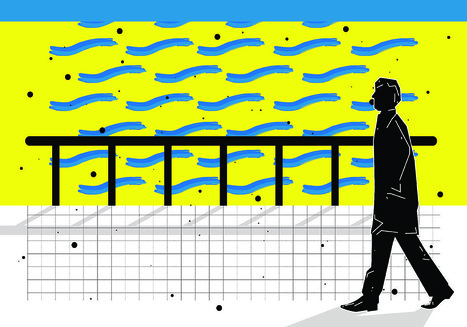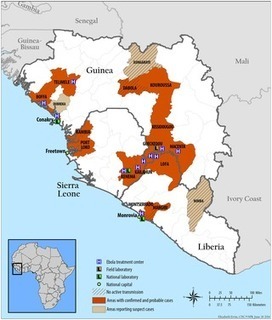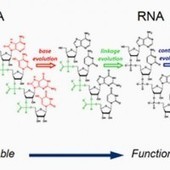John H. Holland's general theories of adaptive processes apply across biological, cognitive, social, and computational systems.
Research and publish the best content.
Get Started for FREE
Sign up with Facebook Sign up with X
I don't have a Facebook or a X account
Already have an account: Login
A few things the Symbol Research team are reading. Complex Insight is curated by Phillip Trotter (www.linkedin.com/in/phillip-trotter) from Symbol Research
Curated by
Phillip Trotter
 Your new post is loading... Your new post is loading...
 Your new post is loading... Your new post is loading...
|

Complexity Digest's curator insight,
November 18, 2015 6:13 PM
See Also: http://networkdecisions.linkgroup.hu 
António F Fonseca's curator insight,
November 23, 2015 3:30 AM
Interesting paper about fast cores and slow periphery, conflict in the elite vs democratic consensus. 
Marcelo Errera's curator insight,
November 24, 2015 11:32 AM
Yes, there must be few fasts and many slows. It's been predicted by CL in many instances.
http://www.researchgate.net/publication/273527384_Constructal_Law_Optimization_as_Design_Evolution |



